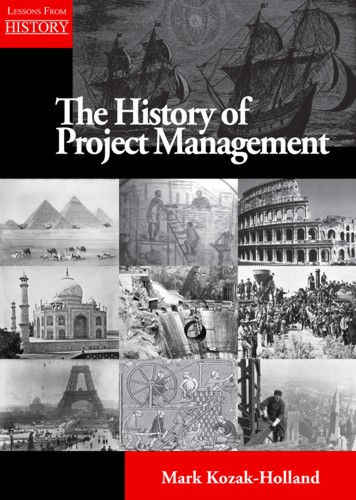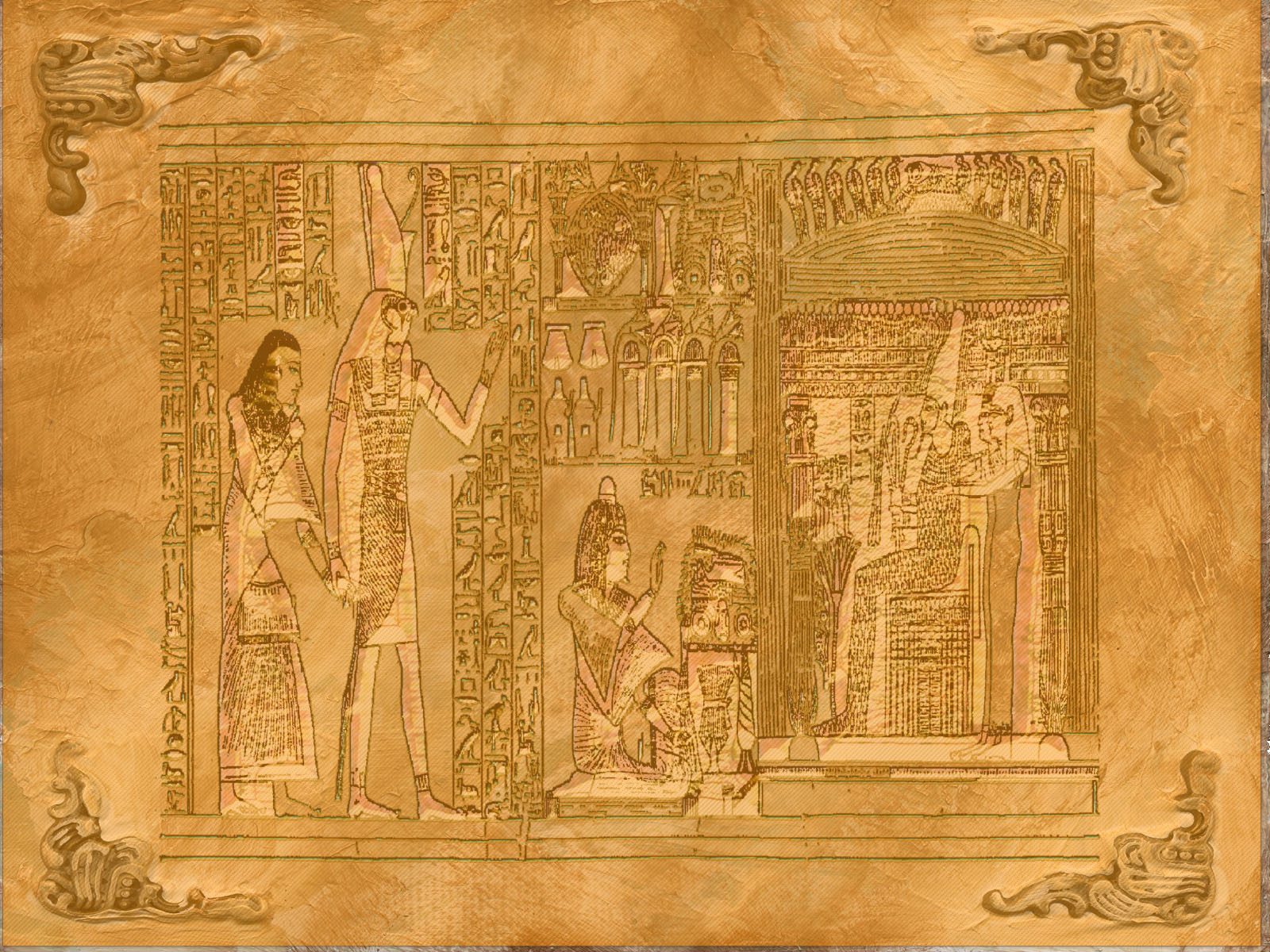Introduction to the Book
The History of Project Management is the history of mega projects of the last 4,500 years that include the Giza Pyramid, the Parthenon, the Colosseum, the Gothic Cathedrals of Europe, the Taj Mahal, and the Transcontinental Railway. These were not anomalies in history but projects delivered in a systematic way with very similar characteristics to today’s projects. Typically, they had the equivalent of a project charter, a business justification, and a project sponsor. In close analysis they also followed a similar life-cycle of phases that we use today, incorporating the Project Management Process Groups (initiating, planning, executing, monitoring and controlling, and closing). In close examination they also intuitively followed all ten PMBOK knowledge areas (Integration, Scope, Time, Cost, Quality, Human Resources, Communications, Risk, Procurement and Stakeholder). The publication examines through a contemporary lens of project management how historical projects:
- managed a budget, materials (equipment), and a project workforce,
- created deliverables within a specific time frame, to a predefined scope, and level of quality,
- and emerging technologies of the past solved complex problems of the day.
All these can provide some very valuable insights into how to solve today’s more challenging business problems. The publication provides a historical project baseline for comparative purposes to today’s projects and brings a wealth of lessons.
Book Trailer
Book Reviews
by Earl W. Crisp for PMWorldToday - July 2011 - (Project Management eJournal)
Date Added: Tuesday 6 July, 2011
“The author has taken what was originally a series of presentations and turned them into a volume of historical significance to capture the meaning and relations of projects for the benefit of enhancing the knowledge of today’s project managers. The outline of each chapter is structured to bring out the common threads of practiced by both leaders and managers of long ago. This book certainly has a place in today’s society and will be an asset to every student of project management. The author methodically chose to highlight major and significant projects of each age and he organized them into a series of concepts, tools and techniques for monitoring and control projects in a meaningful way in order to benefit the stakeholders and the project team. The book is packed with many of the author’s insights and interpretations based on historical observations and available documents. The author helps the reader to visualize the ancient projects through maps, charts, diagrams, paintings and other documents that show how success was achieved without the use of today’s technological tools.
This book has been a labor of love and the extensive amount of work that has been pulled together starting with the initial Lessons of History series by the author is commendable. The blending of the PMBOK with the historical approaches helps the reader to appreciate the extent of preparation and wise use of resources that were necessary to main budget, be on schedule and to meet the quality requirements expected by the ruling sponsor. The author emphases that many of the same factors such as timeliness, excellent communication skills, monitoring and controlling are still relevant today just as much as they were in ancient times. In addition, the author stresses the understanding of the culture(s) of the organization especially, now that many projects have international connections through suppliers, workforces and stakeholders.”
by Gerald Mulenburg, PMP, National Aeronautics and Space Administration, Retired for the Journal of Product Innovation Management - Wiley (J PROD INNOV MANAG 899, 2012;29(5):896–900)
Date Added: Monday 1 October, 2012
“This signature book documents what many in project management may have either recognized, or felt intuitively, really happened as the profession developed from its earliest times. Project management is nothing new; it has been around for thousands of years in some form or other. This author, Mark Kozak-Holland, now makes this history real for everyone working on projects of all kinds. Kozak-Holland says that one of his reasons for writing the book is because “People entering the field are looking at the past to better understand the background to project management today” (p. 20). He portends that few of the basics have changed since early times and clearly shows that the factors defined as processes and knowledge needed in today’s projects were relevant throughout history and just as necessary.As support for this claim, he says that “Project management is one of the fastest growing professions worldwide in the 21st Century,” (p.19) and “. . . it has never been more important than now based on how pervasive it is, and how much of the world’s economy depends on it” (p. 523).With over 500 pages of text, this book documents 25 significant projects and information about what the author calls notable projects from his research of project history. He defines a significant project as, “. . . one that is successful beyond all expectations, a ground breaker, a catalyst for change, and will have other projects following in its footsteps . . . discernible as a project with a clear objective, . . . predefined by a degree of planning, . . . led by a recognized leader (project manager) . . . completed in a specific time frame, . . . faced with many challenges along the way” (p. 45).
This book is a major accomplishment for the author and for his chronicling of the historical significance of project management through the ages to its use in modern times.”
The History of Project Management
Great projects since the beginning of civilization







![Why Study the History of Project Management? [Streaming Video]](/sites/default/files/Why%20Study%20the%20History%20of%20Project%20Management%20-%20Streaming%20Video.jpg)
